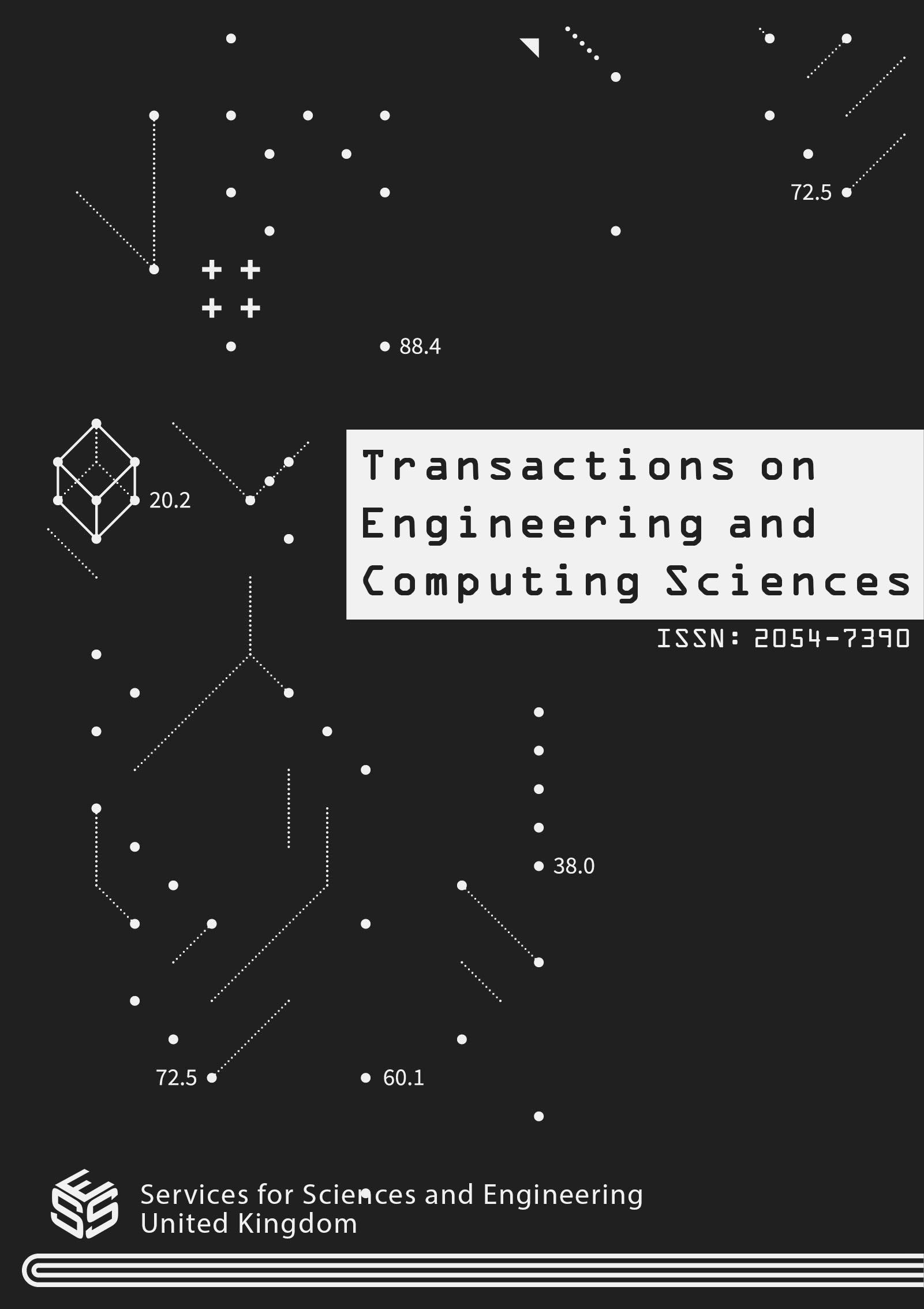Eigenface and Wavelet Feature-based Face Recognition for the Development of Security System
DOI:
https://doi.org/10.14738/tecs.121.15825Keywords:
Security System, Eigenface, Wavelet Features, Face RecognitionAbstract
The security system is very crucial in our daily sphere of life. With the rapid advancement of technology and the increasing demand for secure access control systems, developing efficient security systems has become a critical area of research. This paper represents the two significant techniques Eigenface and Wavelet feature. Eigenface utilizes Principal Component Analysis (PCA) to extract the most significant features from any facial image. However, the performance of the eigenface can be affected by various factors such as lighting, pose, and expression. To overcome this inability, we have adopted the wavelet technique. The wavelet feature extraction technique helps to extract detailed information about the image by decomposing it into different sub-bands. A comprehensive facial image of a dataset is initially collected and then the Eigenface technique is applied to extract features. The wavelet technique is also performed to recognize images and identify the image having distortion to it. By imposing Wavelet features, higher accuracy, and reliability of the classifier are obtained. We hope the concept of security system development will benefit by implementing this technique.
Downloads
Published
How to Cite
Issue
Section
License
Copyright (c) 2024 Md. Firoz Biswas, Mousumi Kar, Lasker Ershad Ali, Md. Rafiqul Islam

This work is licensed under a Creative Commons Attribution 4.0 International License.






